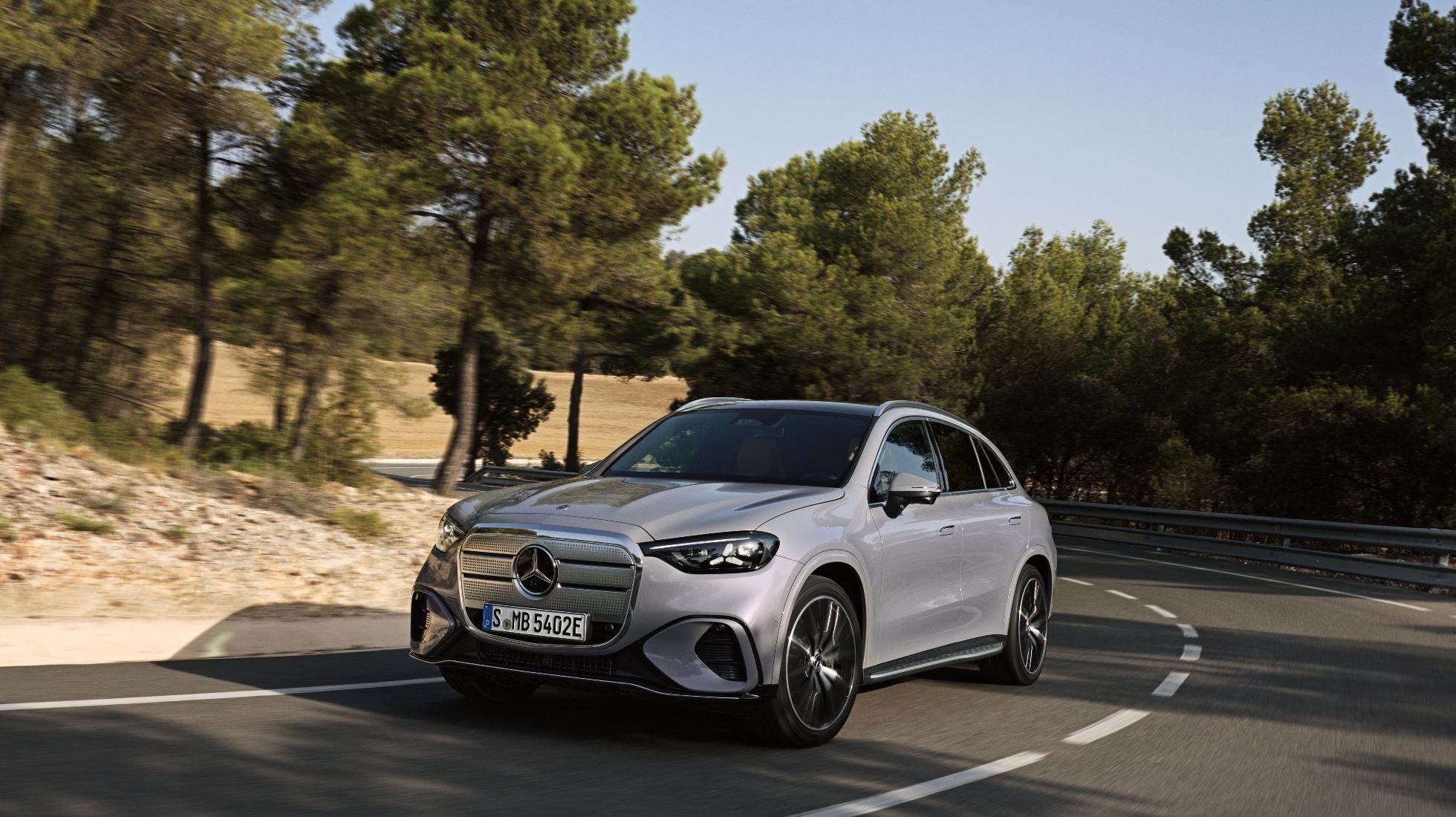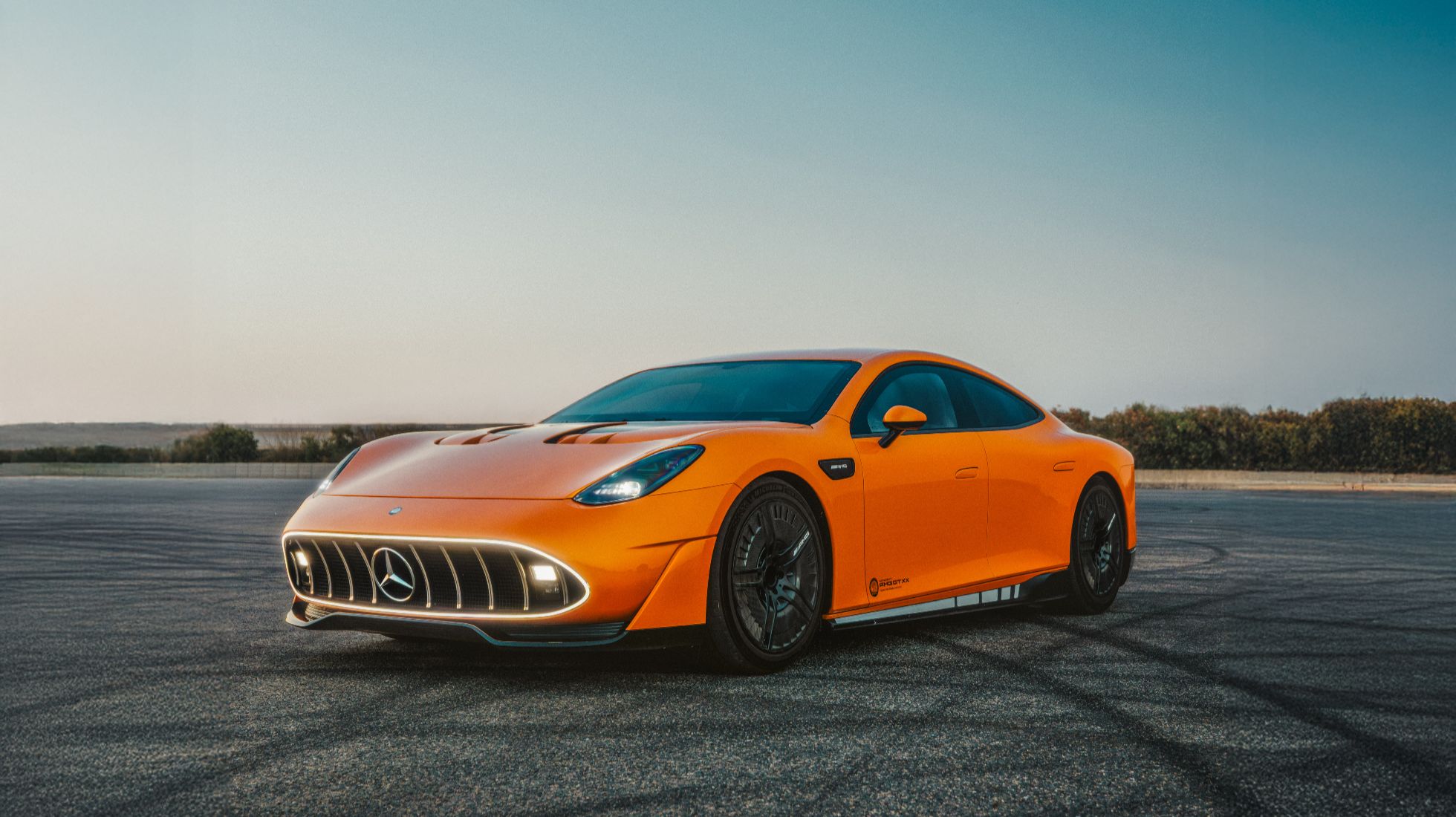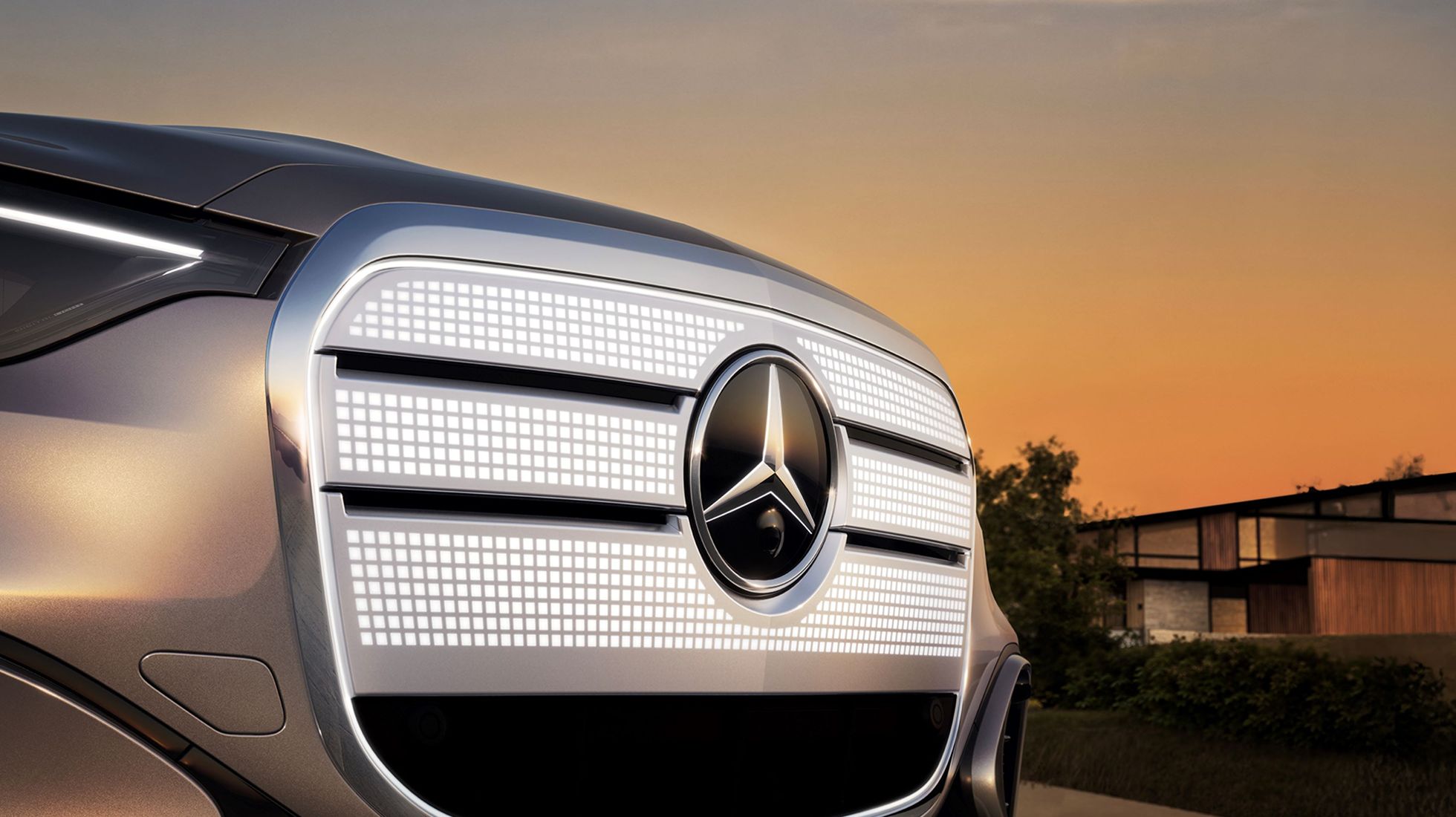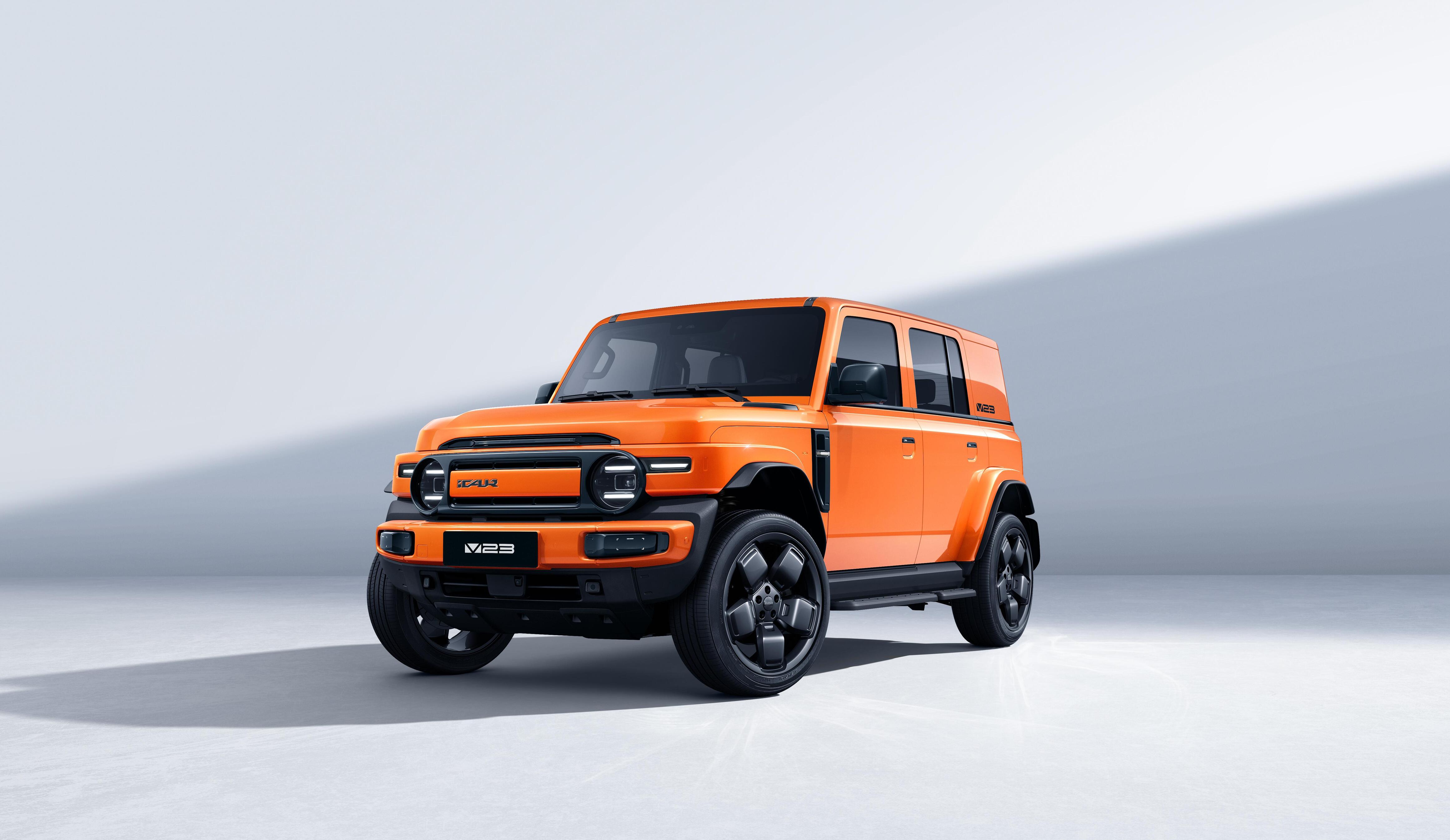1965 Alfa Romeo Giulia Spider Veloce 1600
Preserving a historic car takes a very particular individual. And in the classic car world, few names carry as much weight as Alfa Romeo. It is a brand that has earned a reputation for its emotional designs and lively driving characteristics. But it’s also a brand that perfected timeless craftsmanship, and one should never miss an opportunity to experience an Alfa from the brand's heyday: the 60s.
When we heard about a rather unique 1965 Alfa Romeo Giulia Spider Veloce 1600 with an equally intriguing owner, we were eager to see it in person, and its Graphite Grey paintwork combined with a bold red interior makes for an unforgettable first impression. Before delving into this legendary 60s model, let's explore its origins. So, how did the Giulia Spider Veloce 1600 come to be?
As most iconic car stories begin, the post-World War II period provided new opportunities for manufacturers to innovate and reinvent car design. Alfa Romeo was one of the brands that sought to establish itself as a leading manufacturer of stylish, high-performance sports cars for the road, with its post-war masterpiece being the Giulietta Spider. Its story began in 1955, and its classy design and sporty personality made it a huge success.
To achieve this new look, which has since become a timeless piece of art, the renowned coachbuilder, Pininfarina, turned to the sketchpad, and the result was a design defined by smooth lines with a touch of elegance throughout its design. But like any traditional sports car, clients demanded more from the 1.3-litre Giulietta, and it's here where the Giulia name arrived in 1962. It preserved many design details from the Giulietta, but its mechanical layout needed some tweaking to meet performance demands. The 1.3-litre engine was replaced by a new 1.6-litre engine, and the addition of a 5-speed manual transmission improved power delivery, while front disc brakes allowed drivers to stop more effectively with the increased power under the bonnet.
The 1960s were an interesting time for the Alfa brand, and as much as the Giulia assisted in meeting performance-heavy expectations for its customers, it wasn’t enough for a demanding few. So the addition of the Veloce name graced this new Giulia. With this new name came a selection of further refinements to enhance its overall performance.
A new twin-carburettor 1.6-litre engine was added, producing a respectable 96kW, along with lightweight aluminium components, enhanced suspension, a closer-ratio gearbox for better acceleration and a top speed of 177km/h. It was designed for the enthusiast and found its way into the hands of a number of racing drivers, too. This car played a large role in what many consider to be the golden age of Alfa’s engineering and racing success, but its element of exclusivity added to this car's exclusivity, with only 1,100 models ever made.
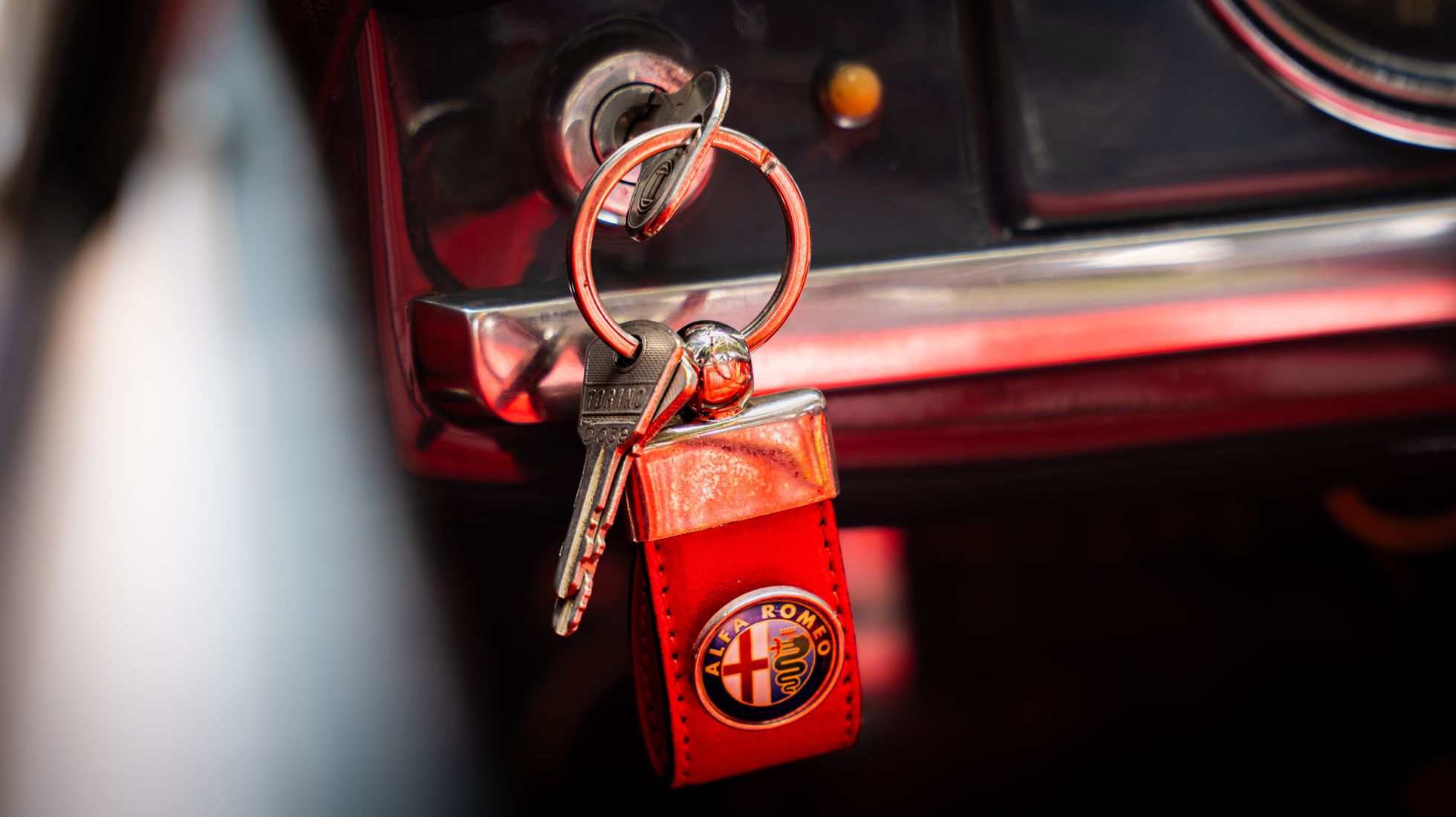
Let's travel back sixty years to 1965, when our Alfa Romeo Giulia Spider Veloce 1600 story began. Mario Rossi is a friend of the brand and is among the most passionate Alfisti I've met. He appreciates vintage Italian cars, but his passion for the Alfa brand likely stems from his father's enthusiasm for Anonima Lombarda Fabbrica Automobili. So when we heard that his father has a near-perfect example of a Giulia Spider Veloce 1600, we had to pay him a visit.
As the saying goes, first impressions count, and this car has presence. Immediately the colour is the first talking point, as Graphite Grey was often the less preferred choice on an Italian car. But in this example, the way this light grey paintwork complements its bright red and '60s interior was a firm reminder of what modern cars are missing. But more notable was the quality of this example. The paintwork was original and near perfect; the upholstery was as bold as it was in its era with barely a crack in the leather. And the dash, well, that’s a masterpiece of craftsmanship on its own.
But what makes this story absolutely special is that Walter Rossi, the proud owner of this Giulia, has owned this car for over 50 years, and his intricate attention to detail and ability to keep such an exceptional example are characteristics which more enthusiasts should learn from. His passion for Alfa Romeo is deep-seated in him, as he owned Alfa dealerships from the late 60s until the early 80s. He later specialised in restoring these cars. His expertise excelled past simply restoring cars, but his creative thinking led to simple solutions for common problems in the automotive space, but that’s a story for another day.
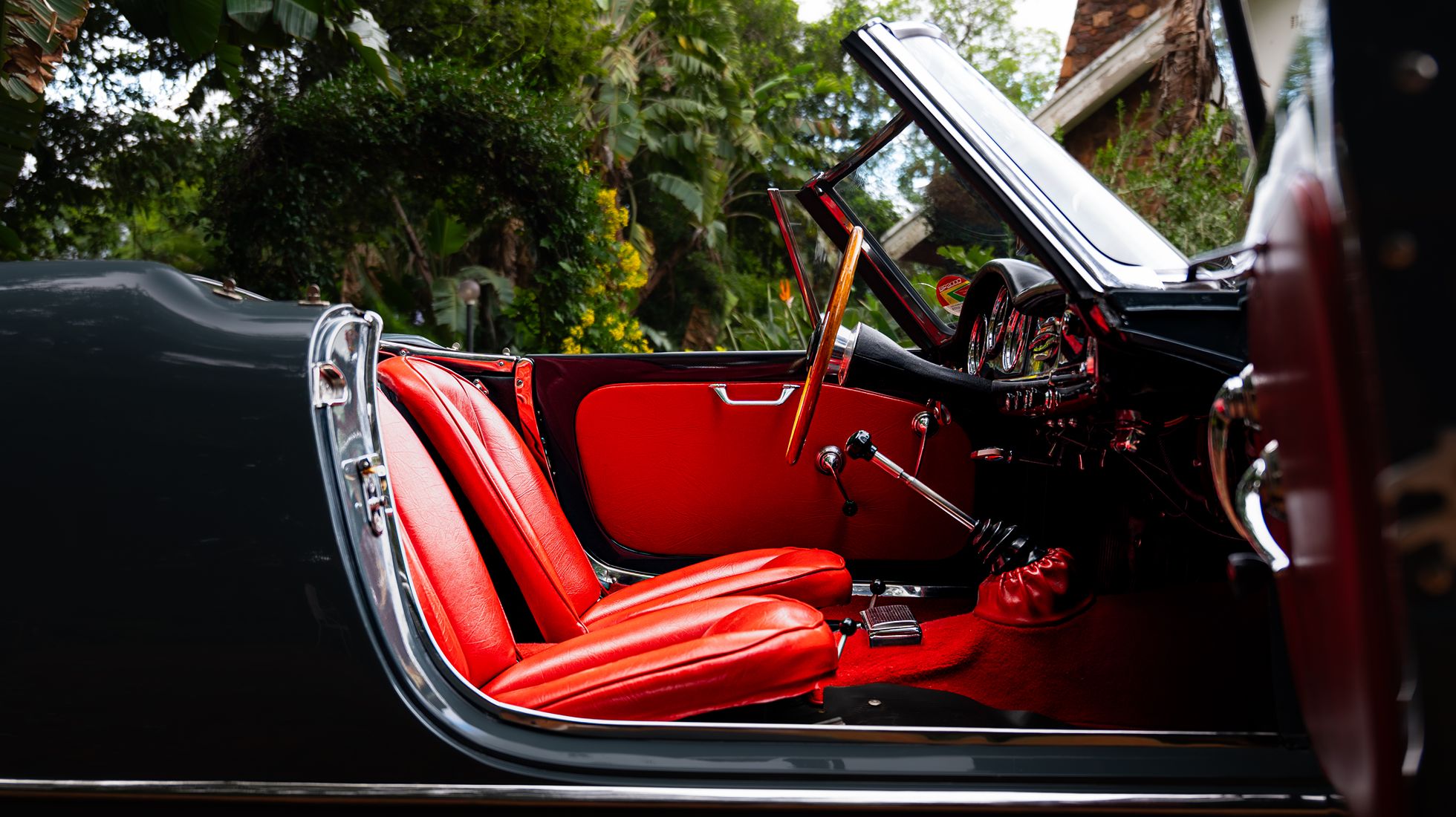
He purchased this Giulia in 1972 and completed its restoration with entirely authentic parts in 1979, and it has never been touched up since. It is near-perfect, from the predictable start-up to the perfectly ticking motor. It is a time capsule to the golden days of Italian sports cars. But what was it like on the open road? At this point, our experiences with numerous classics from various generations have typically revealed a few gremlins. For example, leaking oil, creaking body panels and rougher ride qualities are the recurring trends. And these are all part of the joys of classic car ownership. However, Walter's Giulia offered an eye-opening contradiction to what we should expect in a classic through meticulous care and appreciation.
From a few minutes into the drive, it's clear that the ride quality is exceptional, with little to no creaks in the body and brilliant shock absorption, which is smooth and incredibly comfortable. The engine expressed similar qualities with its smooth power delivery and almost youthful character. Also, and this is a big deal for me, especially compared to the classics I've encountered, all of the dials and readouts worked, and they were complemented by a plethora of wooden and chrome touches created through intricate design.
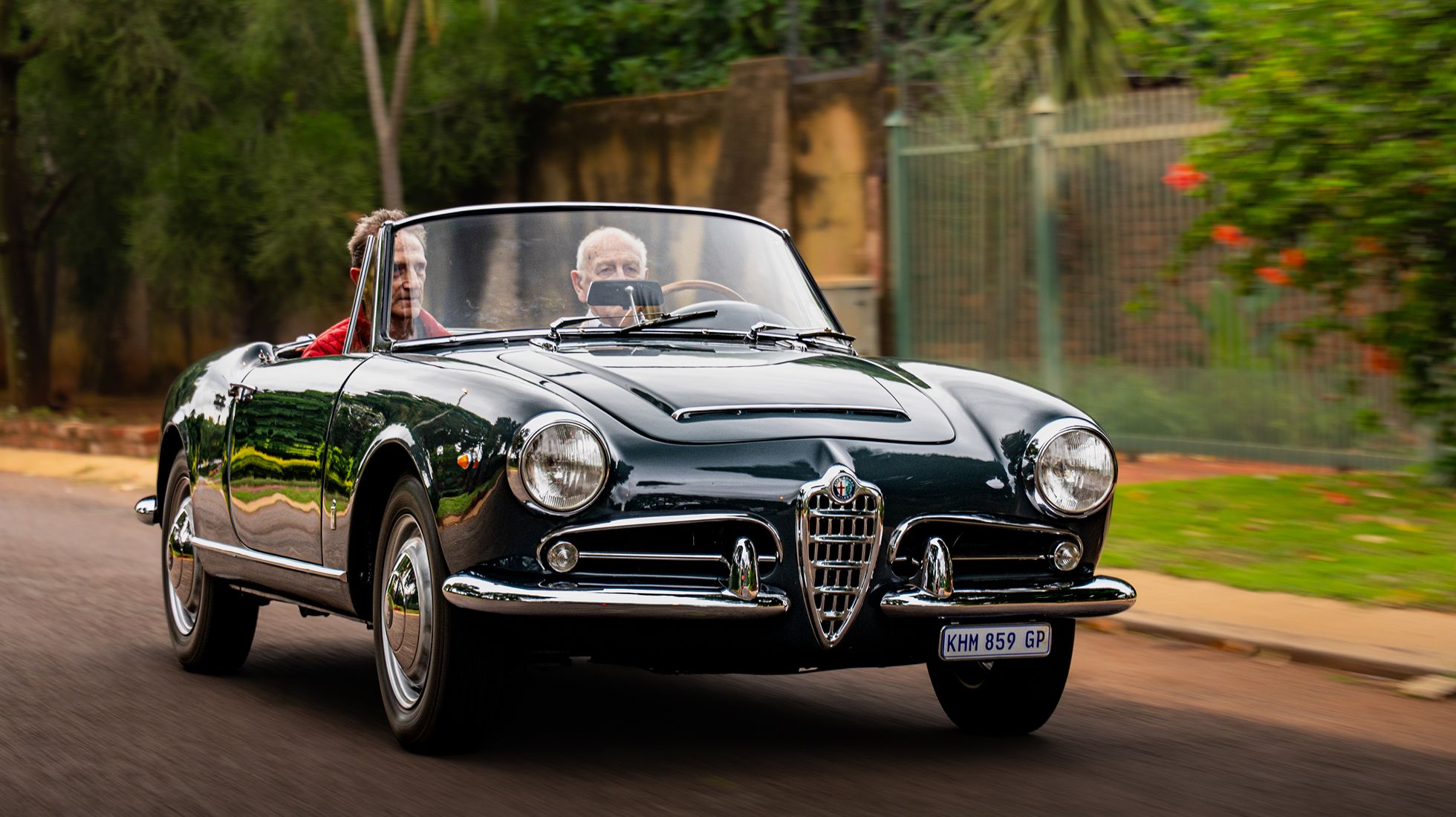
This car reminded me of the value of genuine passion and meticulous attention to detail. It’s an example of just how impressive cars from the 60s were during their heyday. From the hubcaps to the chrome on the front bumper, it's clear that the aim was to find a harmonious, simplistic beauty without overdoing it by means of complex patterns and flashy trimmings. Yes, its design is simple on paper, but in practice, this precise attitude brings out a modest beauty which few cars retain. For me, the 1965 Alfa Romeo Giulia Spider Veloce 1600 is up there on the list of the prettiest cars ever made with the likes of the Jaguar E-Type and Mercedes-Benz SL300 Gullwing. I almost have an urge to arrive at the Alfa design facility with exactly such a car in the hopes that it might inspire the designers to interpret this classic for the here and now.

.jpg)

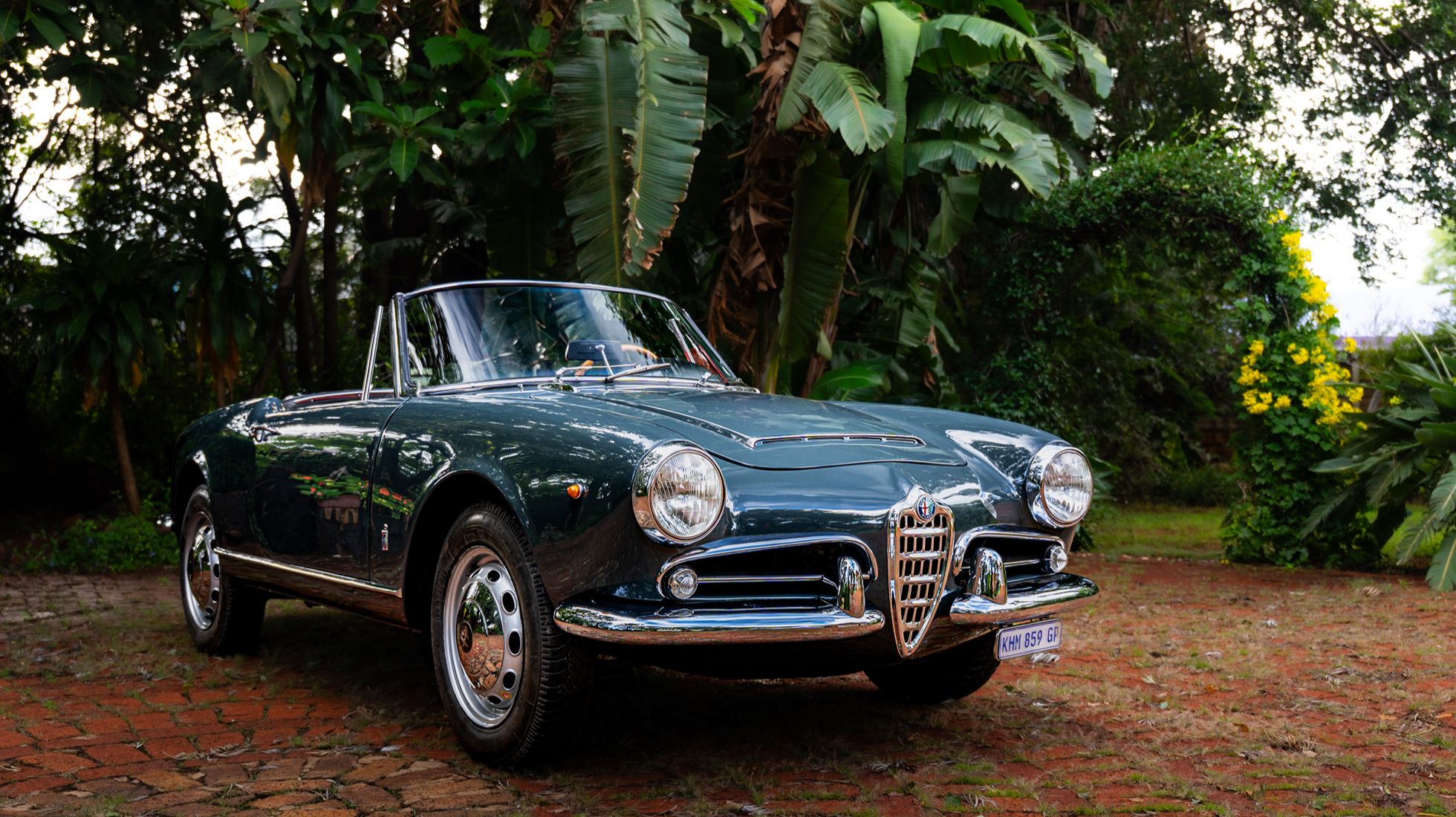








%20(1).jpeg)



.jpg)





%20(1).jpg)






.jpg)
.jpg)

.jpg)
.jpg)
.jpg)
.jpg)
.jpg)
.jpg)
.jpg)
.jpg)
.jpg)
.jpg)


.jpg)
.jpg)

.jpg)
.jpg)
.jpg)
.jpg)
.jpg)







